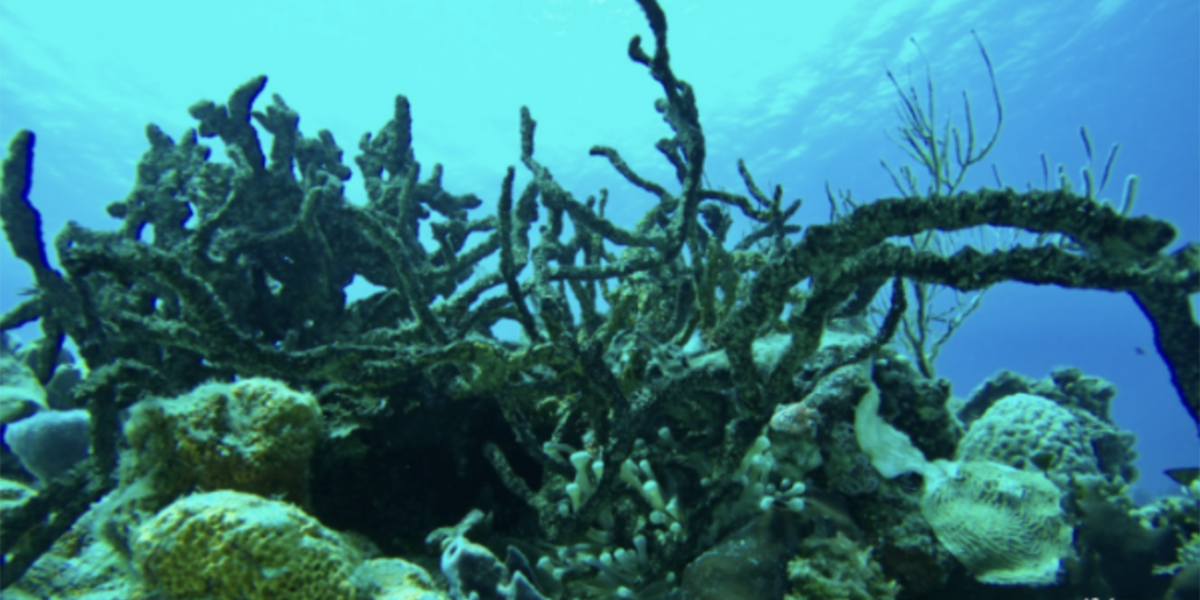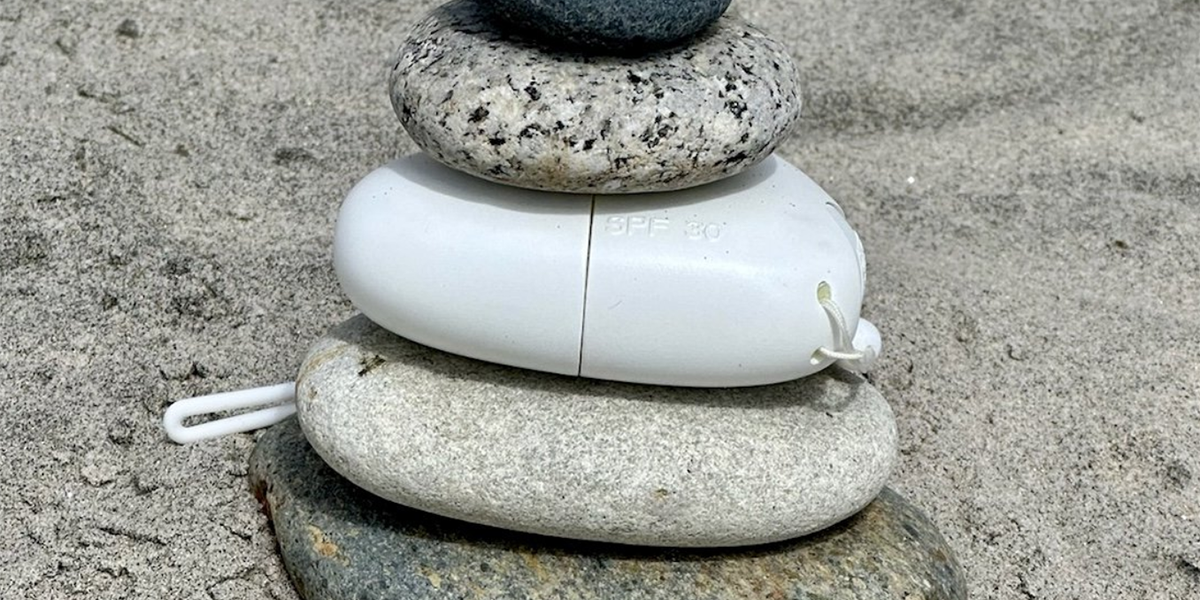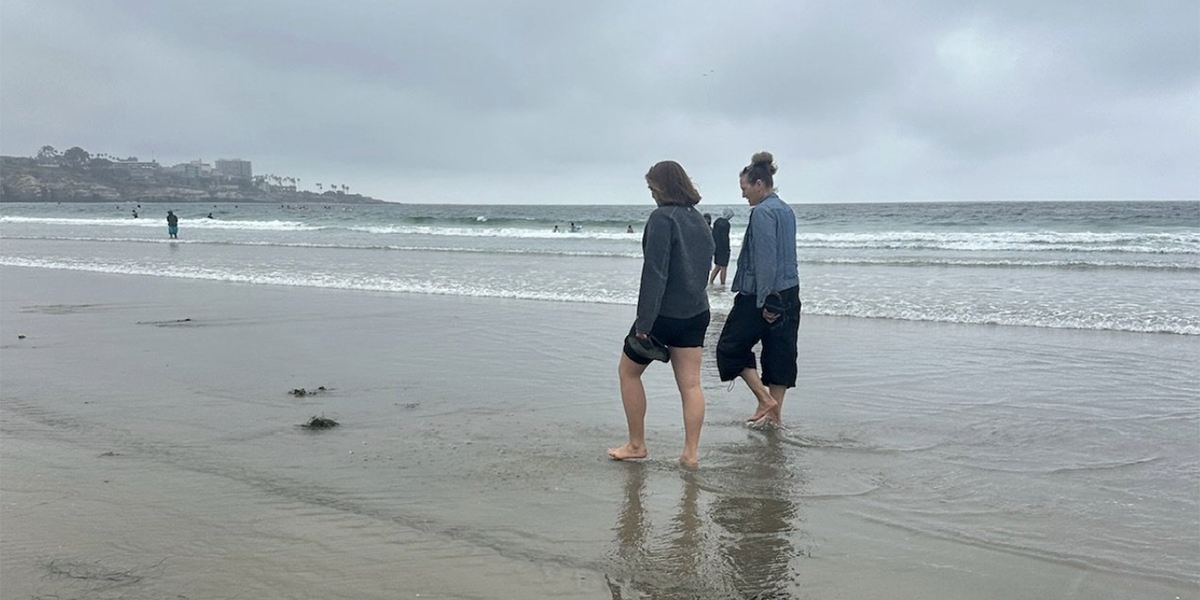
What Does “Reef Safe” Actually Mean?
Written by Alexandra Merlino
At B.Wild Outside, we love hearing from our community. One question we’ve been hearing more and more is about the term reef-safe. It’s become a buzzword in skincare, but what does it mean?
As a brand committed to delivering sunscreen that’s safe for both people and the planet, we wanted to dig into the science behind reef-safe claims. Here's what we learned about sunscreen, coral reefs, and how to make smarter choices for ocean health.
What Are Coral Reefs and Why Should We Care?
Coral reefs are often called the rainforests of the sea, and for good reason. These vibrant ecosystems cover just 1% of the ocean floor but support nearly 25% of all marine life. From tropical fish to sea turtles, thousands of species rely on healthy coral reefs. But coral reefs aren't just vital to wildlife. Over 850 million people worldwide depend on them for food, income, and coastal protection. Reefs act as natural barriers that protect shorelines from erosion and storm damage.

What’s Threatening Coral Reefs?
Despite their resilience, coral reefs are highly vulnerable. Rising ocean temperatures and increased acidity from climate change are significant threats. Pollution from land, overfishing, and damage from tourism exacerbate the stress.
One visible sign of this stress is coral bleaching. This occurs when coral expels the algae that live in its tissues, causing it to turn white and become weak. Without these algae, coral can starve and become more prone to disease.
The Surprising Role of Sunscreen in Coral Damage
In 2008, scientists discovered that certain chemicals in sunscreen can contribute to coral bleaching. A 2016 study found that oxybenzone, an ingredient in many popular sunscreens, causes deformities in coral larvae and damages their DNA. Hawaii became the first state to ban sunscreens with oxybenzone and octinoxate in 2018, and other coastal regions have since followed. This helped kickstart the “reef-safe” sunscreen movement.
So, What Does Reef-Safe Really Mean?
There’s no official or regulated definition of reef-safe, so not every product with that label is safe for marine life. Many still contain harmful chemicals or use nano-sized particles that may pose a risk to aquatic ecosystems.
To make informed choices, look beyond the front label and check the ingredient list. Here are some common ingredients to avoid:
Oxybenzone: Causes coral bleaching and DNA damage
Octinoxate: Disrupts coral growth and development
Nano Zinc Oxide: Can be toxic to marine life when exposed to sunlight
Nano Titanium Dioxide: May harm aquatic organisms
Parabens: Preservatives linked to coral bleaching
Ethylhexyl Methoxycinnamate: Found in fish tissues, indicating potential harm to the marine food chain
Synthetic Fragrances: Often petroleum-based and harmful to ocean life
What About Packaging?
Many sunscreens are sold in single-use plastic, which contributes to ocean pollution. Over time, these plastics break down into microplastics that can physically injure coral and introduce toxic chemicals into the water.
Microplastics can be ingested by coral or cause abrasions on their surfaces, both of which require coral to expend energy to heal, and this is the energy they need just to survive. How You Can Help Protect Coral Reefs

Protecting reefs doesn’t mean avoiding the sun. It means being more thoughtful with how we interact with nature. Here are a few things you can do:
Cover Up: Use UV-protective clothing, hats, and sunglasses to minimize sunscreen use.
Choose Wisely: Use mineral sunscreens made with non-nano zinc oxide or titanium dioxide, and opt for packaging in recyclable materials, such as aluminum.
Reduce Plastic Waste: Opt for sustainable packaging whenever possible, and avoid single-use plastic bottles.
Respect the Reef: Never touch coral or wildlife when swimming, snorkeling, or diving. Share the Knowledge: Educate others about reef-safe products and why they matter.
Want More Tips on Sustainable Living and SPF Skincare? Subscribe to our newsletter for updates on eco-friendly sun care, outdoor wellness, and how to protect the wild places we love. A little sunscreen goes a long way, both for your skin and for the planet.


